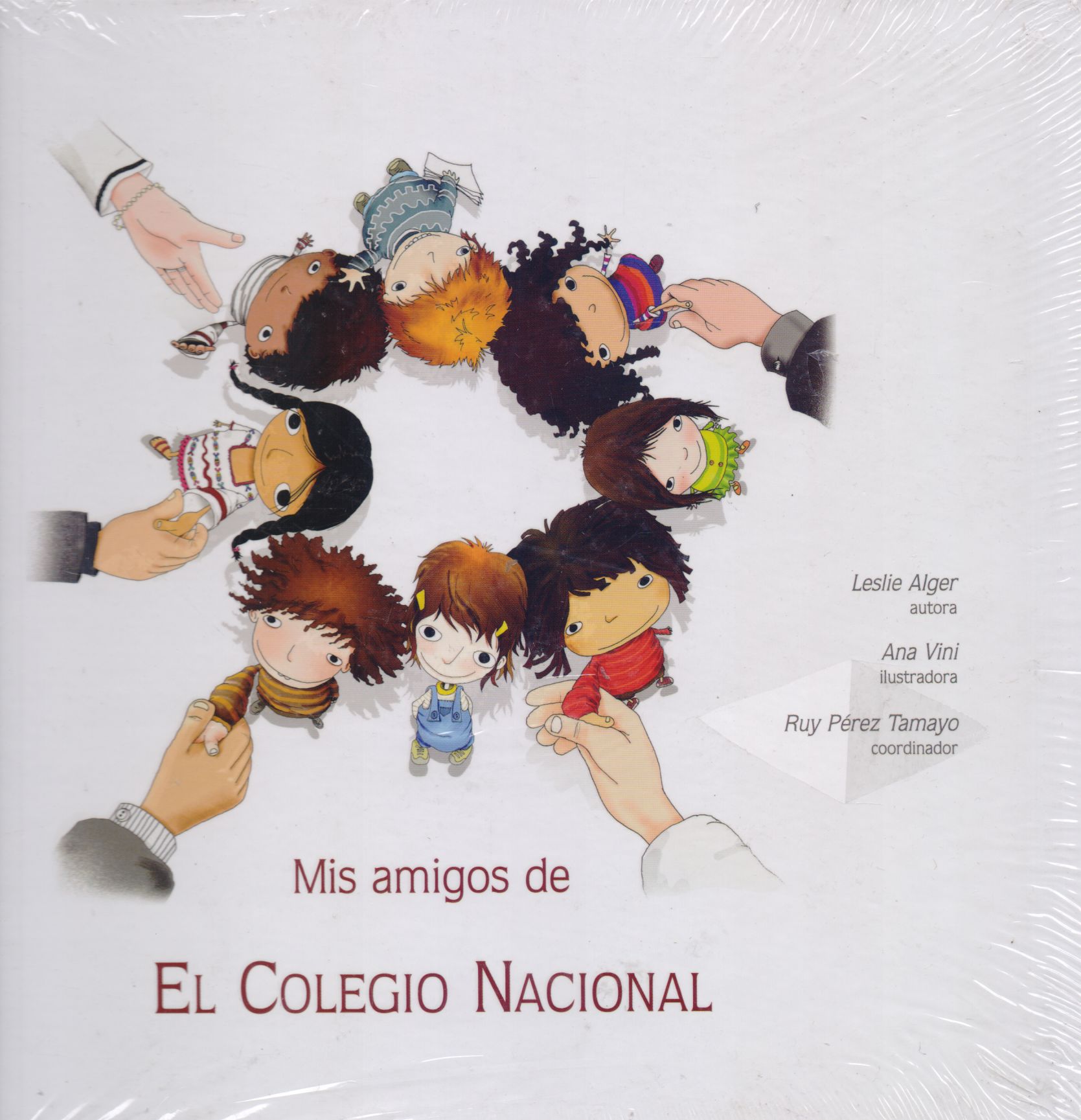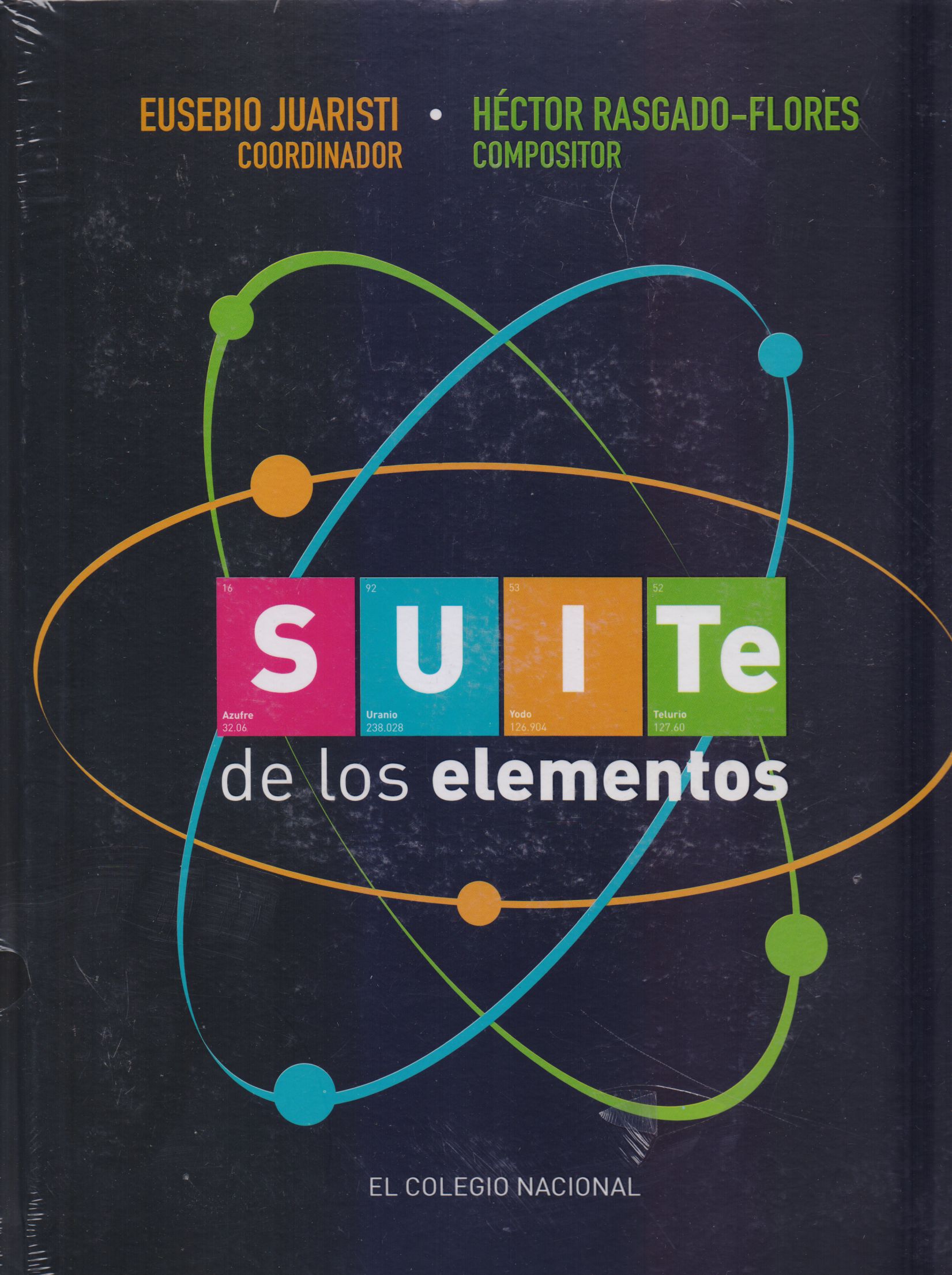Libros relacionados
 |
Génesis de la Desorientación Moderna: una Aproximacióm a la Relación Histórica E Talancón E. , José Luis Universidad Nacional Autonoma de Mexico |
 |
<<planos Geognósticos de los Alpes, la Suiza y el Tirol>> Los: de Carlos de Gimb Parra del Río, María Dolores Doce Calles |
 |
Resistive Random Access Memory (Rram): From Devices To Array Architectures Yu, Shimeng Morgan & Claypool Publishers |
 |
Linked Lexical Knowledge Bases: Foundations And Applications Gurevych, Iryna / Eckle-Kohler, Judith / Matuschek, Michael Morgan & Claypool Publishers |


|
Título: Warped Passages: Unraveling The Mysteries Of The Universe's Hidden Dimensions | |
| Autor: Randall, Lisa | Precio: $175.45 | |
| Editorial: Harper Perennial | Año: 2006 | |
| Tema: Ciencia, Tecnologia, Espaciotiempo | Edición: 1ª | |
| Sinopsis | ISBN: 9780060531096 | |
| The concept of additional spatial dimensions is as far from intuitive as any idea can be. Indeed, although Harvard physicist Randall does a very nice job of explaining_often deftly through the use of creative analogies_how our universe may have many unseen dimensions, readers' heads are likely to be swimming by the end of the book. Randall works hard to make her astoundingly complex material understandable, providing a great deal of background for recent advances in string and supersymmetry theory. As coauthor of the two most important scientific papers on this topic, she's ideally suited to popularize the idea. What is absolutely clear is that physicists simply do not yet know if there are extra dimensions a fraction of a millimeter in size, dimensions of infinite size or only the dimensions we see. What's also clear is that the large hadron collider, the world's most powerful tool for studying subatomic particles, is likely to provide information permitting scientists to differentiate among these ideas soon after it begins operation in Switzerland in 2007. Randall brings much of the excitement of her field to life as she describes her quest to understand the structure of the universe. B&w illus. | ||
Librería Bonilla SA de CV © Todos los derechos reservados. 2019
Última actualización: Jul 2019






